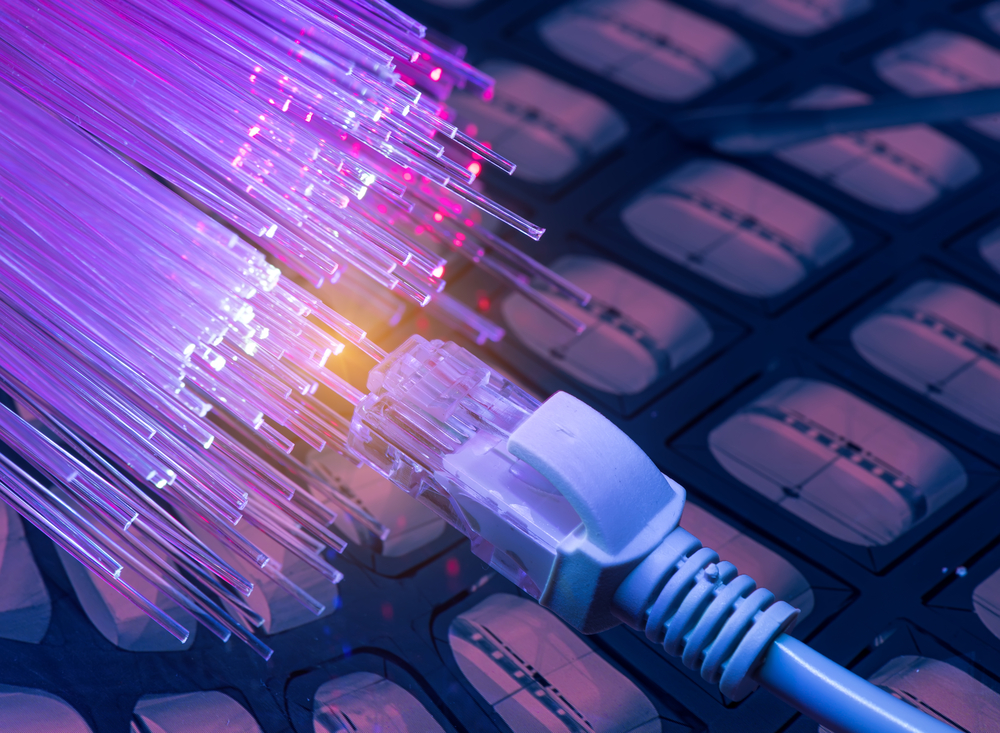Breaking Down the Mystery of Optical Computing
In a world where everything is digitized, the demand for faster, more efficient computing is ever increasing. Enter optical computing, a technology that uses light particles to perform computations, promising unprecedented speed and energy efficiency. Here's a closer look at this transformative technology and its potential to revolutionize the computing landscape.

The Genesis of Optical Computing
The concept of optical computing, or photonics, isn’t new. It emerged in the 1960s, when scientists began exploring the use of light particles, or photons, in computing. Unlike traditional computers that use electrons to transmit information, optical computers use light, making them potentially faster and more energy-efficient.
The journey of optical computing has been a challenging one. The technology faced significant technical hurdles, including the need for light sources small enough to fit on a chip and efficient ways to manipulate and store light-based information. Despite these obstacles, the last decade has seen significant advancements, bringing optical computing closer to reality.
Optical Computing Today: Breaking New Ground
Today, optical computing is a hot topic in the tech industry. With the rise of big data and artificial intelligence, there’s a growing need for computing power that traditional silicon-based computers can’t provide. Optical computing, with its potential for high-speed, energy-efficient data processing, could be the solution.
Several tech companies, including Intel and IBM, are investing in optical computing research. In 2020, Lightmatter, a start-up, unveiled a prototype of an optical computer that uses light to perform AI computations. The company claims that their technology is faster and more energy-efficient than traditional silicon-based computers, marking a significant step forward in the field of optical computing.
The Pricing and Market Implications of Optical Computing
While it’s still early days for optical computing, the potential market implications are enormous. The technology could revolutionize industries ranging from AI and big data analysis to telecommunications and cloud computing.
As for pricing, it’s still too early to predict. However, given the potential benefits of optical computing, it’s likely the initial investment will be high, similar to other groundbreaking technologies. As the technology matures and becomes more accessible, prices are expected to drop.
What the Future Holds for Optical Computing
Despite the progress made so far, optical computing still has a long way to go. The technology faces several challenges, including the need for better light sources and more efficient ways to manipulate and store light-based information. However, the potential benefits of optical computing—high speed, energy efficiency, and the ability to handle vast amounts of data—make it a promising direction for future computing.
In conclusion, optical computing is an exciting area of technology that offers enormous potential. As the demand for more efficient, faster computing grows, the spotlight will continue to shine on optical computing. While there are still hurdles to overcome, the progress made so far suggests that the age of light-based computing may be closer than we think.




